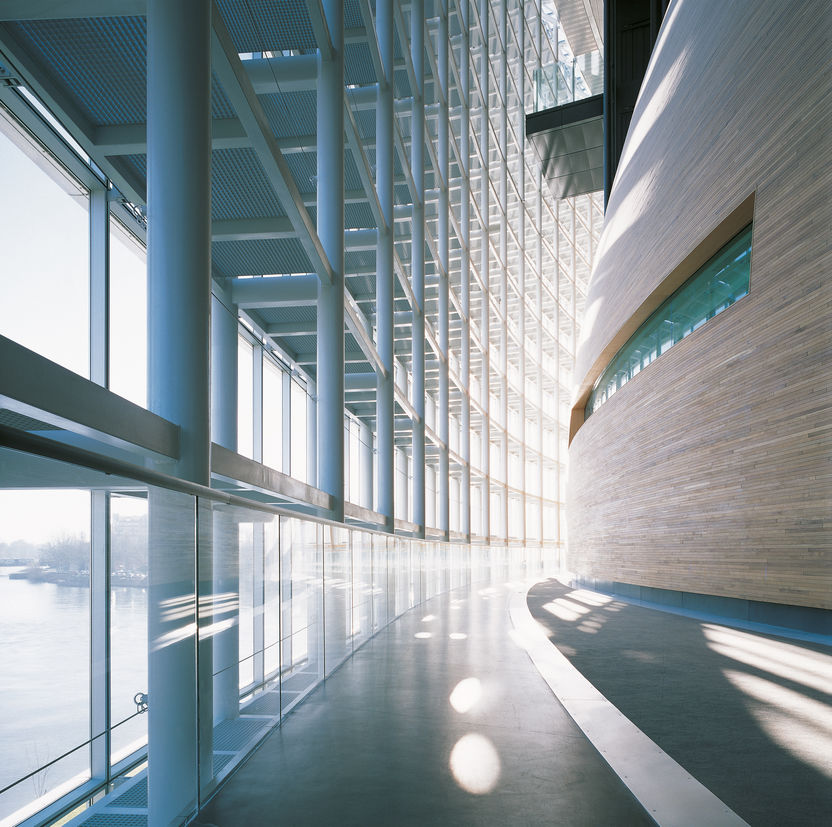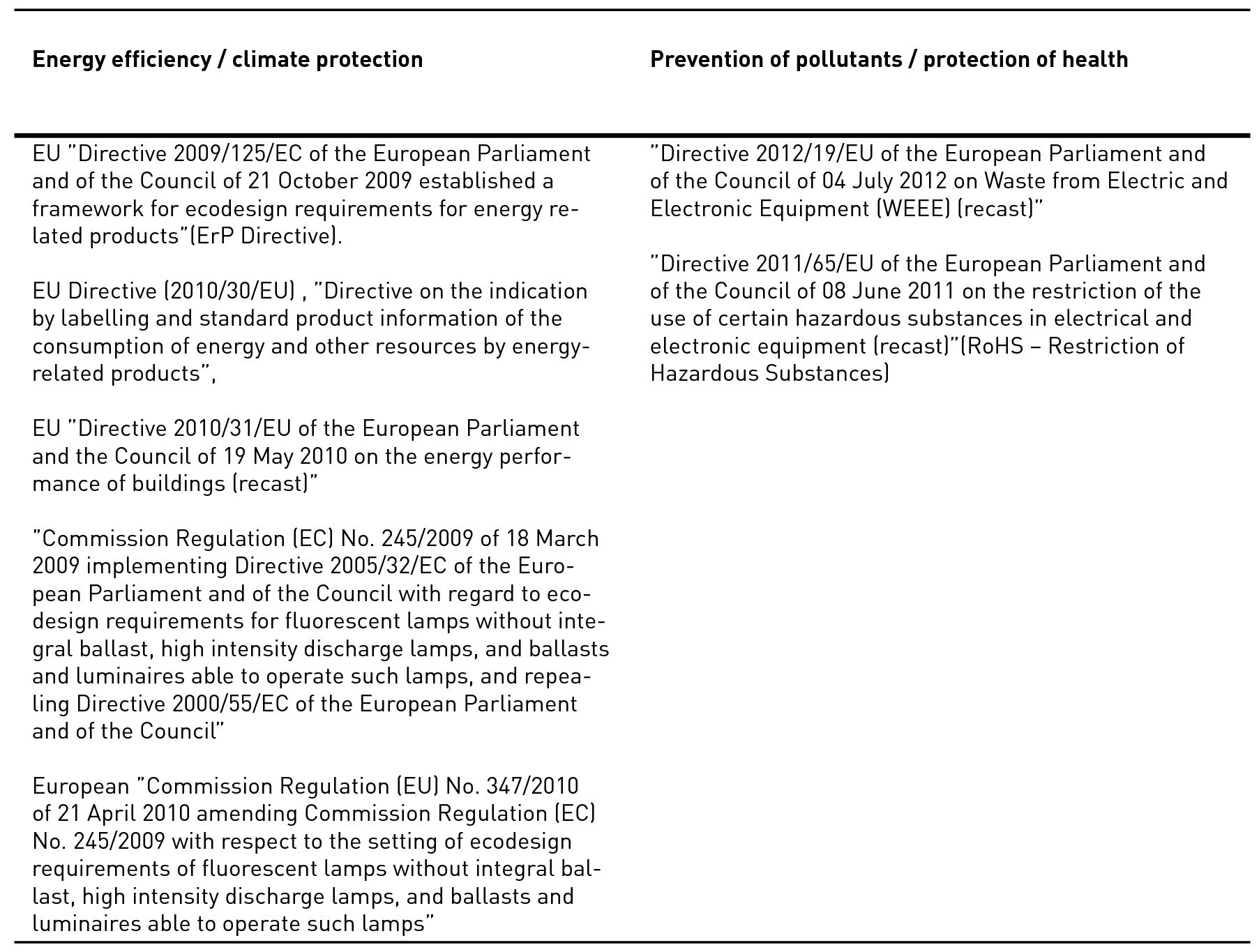
Light and environment

Environmental pollution has become an important issue for our civilisation. Protecting the environment is one of the most important tasks of industrial nations in the 21st century. The main objectives of environmental protection are the repair of environmental damage and the avoidance or mitigation of current environmental hazards. This requires all societal groups to contribute beyond the legally prescribed bans and dictates.
The concern for the state and the future of our natural environment has been the topic of international climate conferences for many years, e.g. in Rio de Janeiro (1992), Kyoto (1997), and Paris (2015). In the latest agreement of 2015, the Paris Agreement, the 195 participating governments defined the aim to further drastically reduce exhaust gas emissions, particularly CO2 emissions, in future years. The European Union resolved to reduce CO2 emissions by 20% by 2020, compared to the values of 1990. One central strategy for achieving this aim is the resolved general increase in efficiency of energy use by 20%. To that effect, a series of substantiating directives and regulations were passed, some of which also concern lighting (see table).
In addition to energy savings, the avoidance of hazardous materials to protect health and environment from exposure must also be considered. This aspect is also the subject of two other important EU directives (see table).

Table 3.38: EU directives on improving environmental protection (q.v. www.europa.eu.int/EUR-LEX/Richtlinien)
The following pages show some practical approaches to saving energy and avoiding hazardous substances:
energy-saving lighting systems,
use of daylight,
environmentally safe disposal of old lamps, luminaires and packaging materials as well as
environmentally safe production processes.